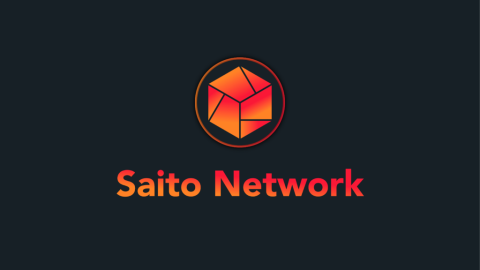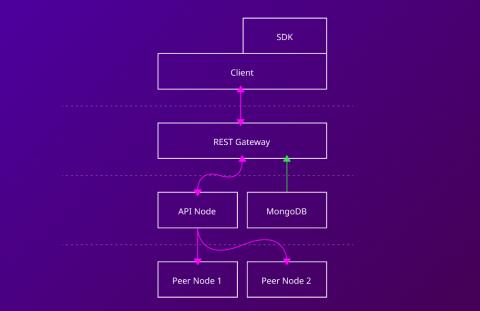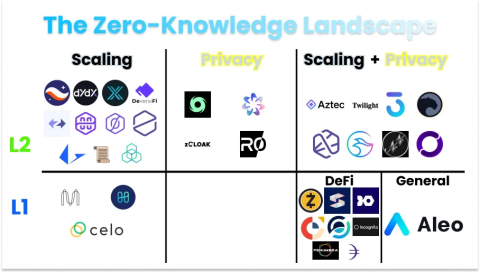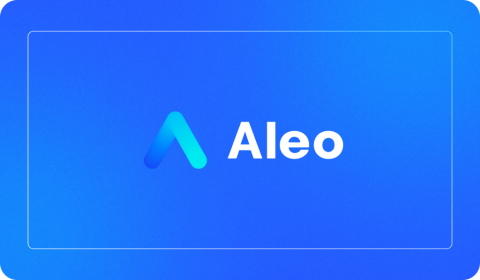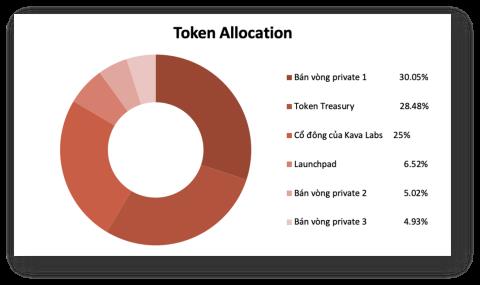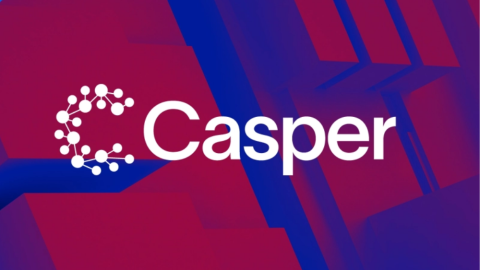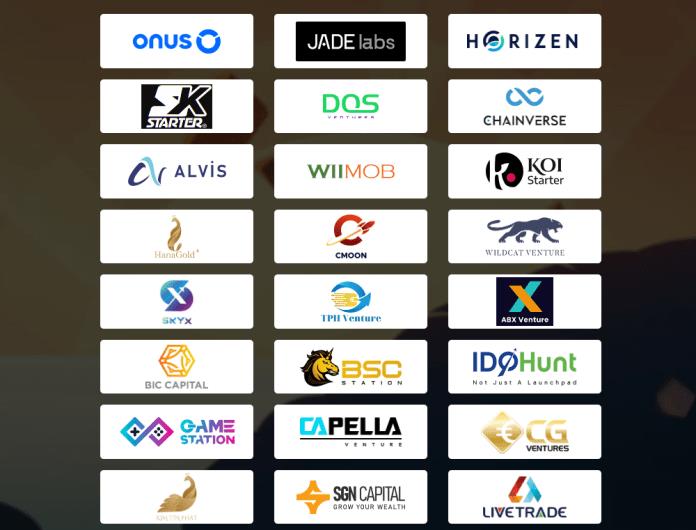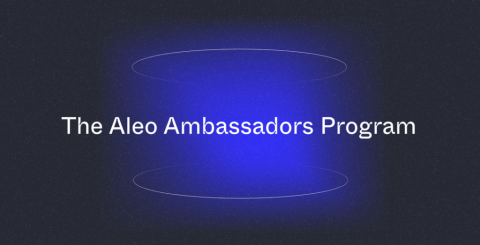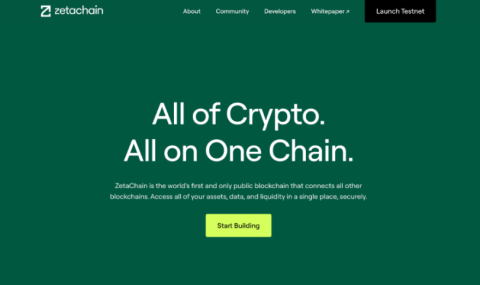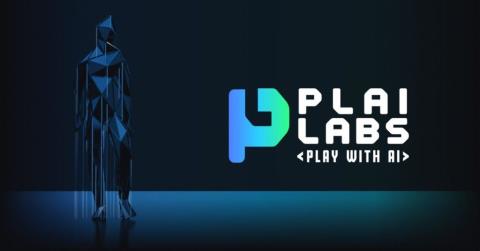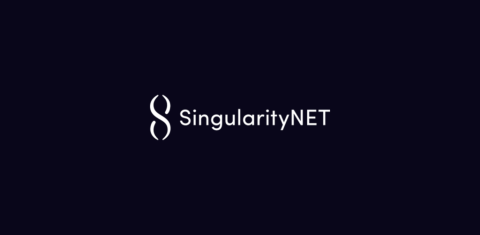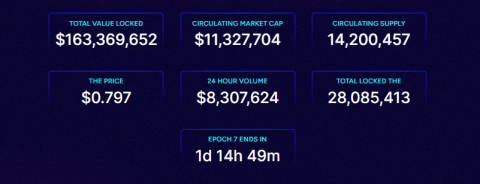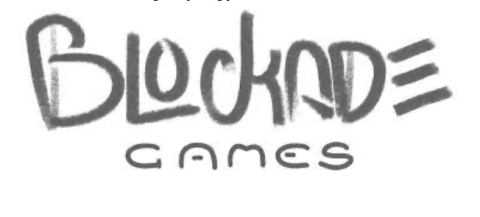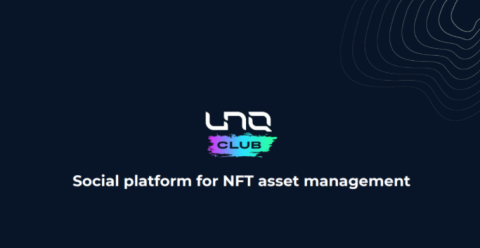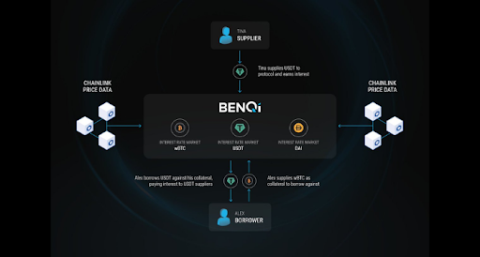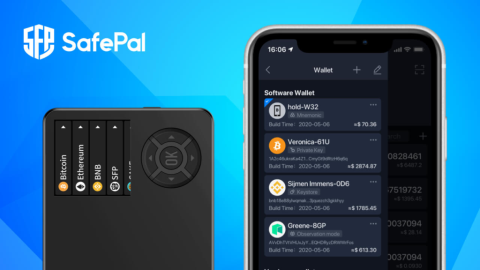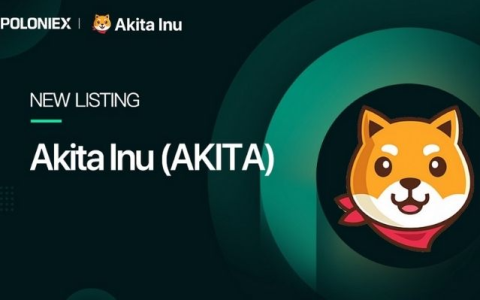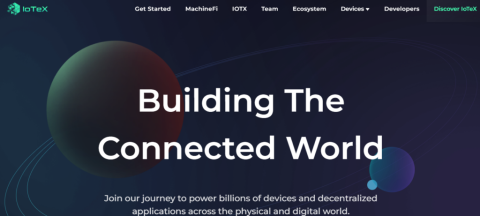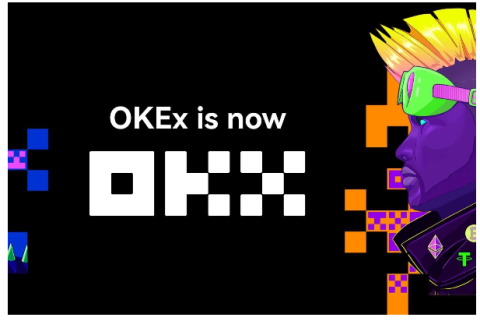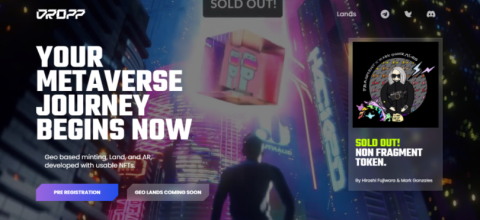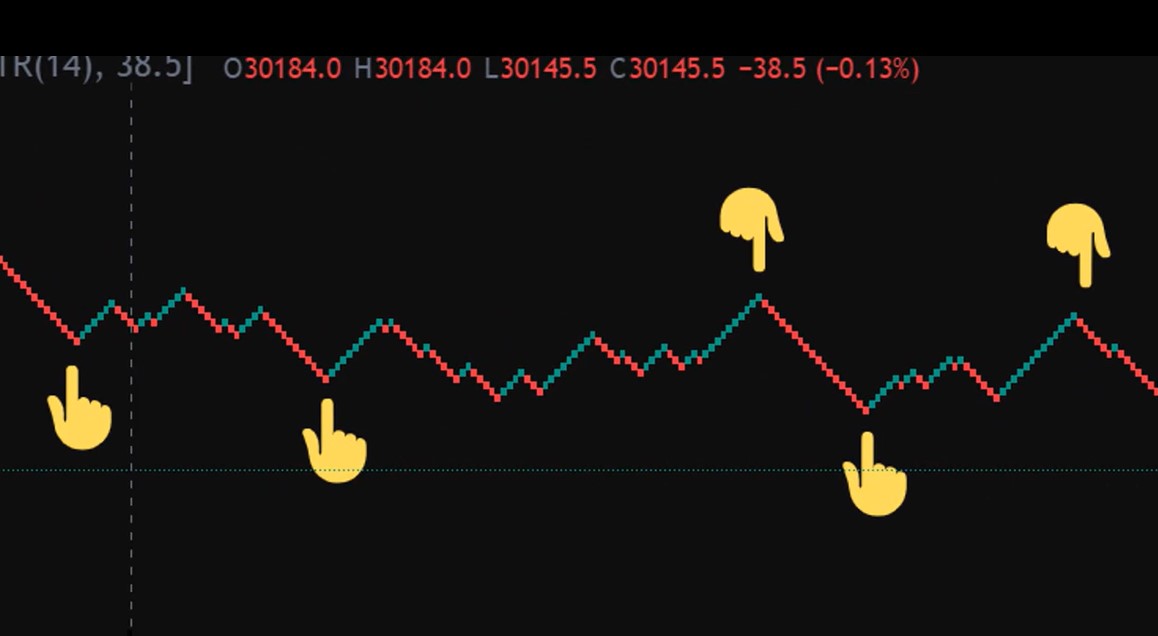Let's learn about Efinity and complete information about EFI tokens in this article with TraderH4 .
Efinity Overview (EFI)
What is Efinity (EFI)?
For those who don't know, Efinity is an NFT Cross-chain network governed by Efinity Token (EFI) and built on Polkadot. Efinity is user-friendly, scalable and built to create a future where NFT is as ubiquitous and easy to use as smartphones are today.
It can be seen that currently most of the NFT projects released on the Ethereum platform are facing problems such as: High transaction costs, Smart Contracts are not flexible, etc. When Efinity is born, it will help handle it. get these problems. Efinity project together with EFI token to make technology experience smoother and easier for users.
Efinity was built by Enjin, a pioneer in the non-fungible token (NFT) industry, the team that created the ERC-1155 token standard and launched the first NFT generation platform. Enjin is aiming to develop a comprehensive ecosystem of user-oriented products that anyone can use to easily develop, trade, monetize, market with blockchain and NFT.
What is Efinity (EFI)?
Basic Features of Efinity
Solution for a fragmented market
First we need to understand what is a fragmented market? A fragmented market is one where there is not one company that can exert enough influence to move the industry in a particular direction. The market consists of a small number of small and medium sized companies that compete with each other and large enterprises. In such a situation, Efinity is a brilliant solution, because:
- Firstly, it is easy to see that it is easy to sell and easy to liquidate. Liquidity is the top priority of the NFT market.
- Second, make pricing easier. ERC-20 tokens are tradable, can be put into the pool for swap. Thus, the demand from the market will help to price the NFT. For example: If you use 2 million USD to buy the NFT you created yourself, and then price the NFT at 2 million USD yourself, it is not very reasonable.
- Third, increase transparency on ownership.
Activity incentive mechanism
The incentive mechanism is reflected in the following factors:
Transaction
Every transaction sent to the blockchain must have a confirmation signature from the wallet/transaction maker (the signature here will be signed by entering the wallet password, confirming you are the wallet owner and accepting the transaction. translates as current regular wallets work).
When there are multiple wallets/tokens in a money transfer, trading, minting or token-making transaction, the system will require multiple signatures from the parties involved in that transaction. With individual accounts, the network may require different signatures to control and protect the account. In governance, the “co-owners” of an account can jointly claim a voting right.
Transfer money
Enables complex remittance transactions such as multiple senders/multiple recipients. It is possible to create money transfers that require multiple accounts to sign for confirmation.
Transfer money
Transaction fee authorization
In order to make a transaction, Efinity will require the executor to sign the confirmation, which in turn places the responsibility on the person who signed the confirmation.
The above function will assist companies and founders in subsidizing transaction costs for their users.
Transaction fee authorization
Separate accounts
The account has a unique address, a private key… generated and stored on the chain. A personal account/wallet can assign roles/authorities to other individuals as follows:
- Owner: Choose moderator, owner and admin
- Admin: Choose moderator
- Moderator: Confirm transaction
Separate accounts
Fuel tank/gas charge (Fuel tank)
Fuel tank / gas fee or Fuel tank are accounts used only to serve transaction fees. Developers can use them to support transaction fees for their customers by depositing EFIs into these tanks, which will pay for the gas fees the customer makes for the transaction. Accounts selected as fuel tanks will not be able to withdraw EFI.
A Fuel tank will have its own whitelist for tokens, gas fee supported client wallets. Any customer wallet included in the whitelist to use the service will be self-supported by the system. When confirming the transaction, you can completely specify which Fuel tank will support the fee. After selecting the system will automatically pay the pre-programmed fee, the other incurred fee will be paid by you.
Fuel tank/gas charge
The system also has the ability to adjust the support fee, the amount of tokens traded, and the transaction time for each different object.
Crafting
A feature that allows multiple tokens to be combined to exchange a new token according to a pre-programmed formula. Recipes will be created off-chain, you will need to have a copy of the recipe to use the crafting function on Efinity.
This feature will be extremely useful when combining NFTs together to create a new NFT, supporting games with the function of crafting items, collecting rare NFTs for crafting.
Make
Recipes in addition to crafting can also perform the following actions: Casting, burning, smelting items, and trading. Each recipe will be able to set limits on how many times it can be used as well as completely removed from the chain.
Tag
We will use tags to group items of the same type together, such as items: Swords, shields, etc. You can imagine swords and shields as interpreted as just images assigned to the NFT. From a technical perspective, they are just tokens, but when entering the game or the platforms that support them, they will become valuable items.
Efinity Swap
Efinity Swap supports transferring tokens between parachains on Polkadot to complete Ask, Bid orders. According to Efinity, the swap feature is perfected by the development team, creating the smoothest experience for you to use.
The Ask, Bid commands will support the stable swap function. When tokens reach the minimum of available Ask/Bid orders, the system will automatically trigger transaction completion.
Efinity's Parachain on Polkadot
Enjin is collaborating with the Web3 platform and building Efinity on Polkadot. The Efinity blockchain is a parachain that uses the Polkadot Relay Chain validator for its consensus, allowing Efinity to have an independent state, data, and economic framework.
Efinity Collator Nodes are responsible for executing transactions on the Efinity parachain and EFI payment network for participants. However, security is handled by Polkadot's relay Chain's validator, which means that Efinity's end users don't have to pay to authenticate.
Enjin's Ethereum-based platform will continue to be developed, and cross-chain bridges will connect both networks for full compatibility with the entire Ethereum ecosystem.
The Polkadot network is designed to operate two types of Blockchain as follows:
- Relaychain: This is Polkadot's core Blockchain, responsible for the shared security, consensus, and cross-chain interoperability of the network.
- Parachain: Sovereign Blockchains use the computational resources of the relay chain to confirm that transactions are secure and correct
High extensibility
Like later blockchains, Efinity is also improved in terms of scalability and transaction execution speed. Efinity is capable of 700 – 1,000 transactions per second (TPS). For ease of comparison, Ethereum's TPS is currently 15. However, you should not be too serious about TPS. There are blockchains with TPS up to thousands, tens of thousands. Meanwhile, VISA's TPS has only 5,000 but is still operating relatively stably.
Exchanges
Exchanges
Efinity will provide buyers and sellers with a powerful set of tools to create and fill orders for any token. This functionality facilitates the development of third-party applications using Efinity to transfer NFTs to other blockchains, from blockchain-based games on other networks to marketplaces and platforms. NFT exchange.
- Sell/Auction orders are set by token holders (NFTs) and will be automatically executed when someone buys at the given price or cancels the order.
- The buy/bid order is set on the token's ID or the "root group ID".
Value Discovery – Price Discovery
The highest active bid on any item being auctioned will be displayed as the item's selling price (Item here is either NFT or both FT). This price display function will enable third-party apps to use Efinity to transfer NFT to another Blockchain, Blockchain game on other networks to NFT Marketplace or exchange.
Value discovery
To incentivize price discovery, the highest bid on any NFT will be rewarded with a portion of the fees and profit percentage over time for any transaction involving that token.
Open development platform
Tokens on the Efinity chain are easily convertible between Polkadot and Kusama, making it easy to grow the ecosystem. At the same time, it also supports Devs to write smart contracts easily in popular programming languages and is compatible with chains built on Polkadot.
Multi-chain bridge
Through the Bridge between Ethereum and Efinity, it allows NFTs on Ethereum to migrate over Efinity by Wrapped tokens.
- Cross-Chain Bridge: Tokens created on other chains (Ex: ERC-20, ERC-721 and ERC-1155 on Ethereum) can be connected to Efinity using a bridge connect.
- Bridge to Ethereum: Snowfork is building an open source bridge design between Ethereum and Polkadot. The bridge is compatible with ERC-20 tokens and Enjin will support the ERC-1155 bridge.
Since the Enjin ecosystem is derived from Ethereum, the Paratokens will be backward compatible with ERC-1155. Certain features developed for Efinity will be supported for Ethereum but the project hopes that most users will prefer to leave their tokens on Efinity because of its next generation usability and speed. .
Collation Nodes – Colator Nodes
The Efinity network will require 10 active reconciliation nodes and optional backup nodes to maintain full copies of chain and state data.
Each matching node receives equal compensation from the matching group. Node operators can spend a percentage of fees as income. The matcher's income is visible to all trading parties and can influence which matchmaker they will choose to bet against.
Proposed matchers will be required to staking ENJ to create a node and will not receive EFI or any network compensation arising from this staked ENJ (although a matching node is active. will receive EFI from the matching group as compensation for maintenance services).
Comparers will not charge a fee when they do not provide the service. This creates an incentive for users to transfer their shares to a more reliable matcher if their current collaborator remains offline. Certain organizations may choose to run a full Efinity reconciliation node for local access to on-chain data. These nodes can choose to become “backup” collaborators by placing some ENJ in their own accounts.
If an active matching position opens due to an existing node going offline, the backup matcher with the next highest staked ENJ will automatically initiate the reconciliation and will begin to be offset for every block. to provide on-demand services.
Types of tanks in Efinity
Efinity will include popular tank types such as:
- Collation Pool: Distributed to active coupler nodes and to users who nominate these coupler nodes. Each active comparator receives an equal share of EFI for each block.
- Community Pool: Allows the Efinity community to grant EFI to projects that benefit the ecosystem and facilitate initial development by subsidizing the project's transactions on Efinity.
- Price discovery pool: Incentivize users to place bid orders (as described in the market section above). The highest bid for each Paratoken will receive EFI as compensation until their order is fulfilled or defeated by the higher bid. This functionality facilitates the development of third-party applications using Efinity to transfer NFTs to other blockchains, from blockchain-based games on other networks to NFT marketplaces and platforms. exchange.
- Fuel Tank: Provides an additional source of EFI that can only be used to pay transaction fees.
Token Standards in Efinity
The token standards in Efinity are:
- Fungible Token: Can be stacked, interchangeable, and have any number and number of decimals as you like. An easy-to-understand example of a Fungible Token is to think of them as a 10k note – any 10k bill has the same value and is interchangeable.
Token Standards in Efinity
- Non-Fungible Token: Not interchangeable, each token is unique. You must have heard about NFTs that are pictures, artwork, in-game items… each such NFT will have its own ID.
Tokens are not replaceable
For example, if we have a group of items with the same sword, you will easily notice that they will be slightly different. Specifically here is that they will vary in level, strength, durability, color ... anything we can think of for an item in the game. Same sword, same power level but they are owned by a famous gamer or streamer and then you see the exact same sword with that ID floating on the market. Then the power of the NFT will be shown, you can determine the previous owner of the item. Although the publisher can produce many such swords, the ID of the sword that was once owned by them is only one.
The advantages of using Efinity
Efinity presents a lot of advantages and the potential of Efinity in the future is something that investors are looking forward to. The outstanding advantages of using Efinity include:
- Efinity Provides Networking for Every NFT: The Efinity Project is built on Polkadot and allows NFTs to migrate into the network. This will help save costs and make transaction times faster.
- Bringing EFI Tokens to Everyone: Efinity rewards all project participants with EFI tokens to promote development and make investors feel more excited.
- Simple to use: Efinity was designed to be simplified by the developers. The end user doesn't even need to use a blockchain wallet and the transaction will be confirmed quickly in just 6 seconds.
How to make money in Efinity
Unlike Bitcoin or Ethereum, Efinity rewards network participants, not miners. Everyone from creators, traders, to NFT developers… is rewarded with EFI tokens, fueling the growth and development of the Efinity ecosystem.
Efinity rewards in many ways and you can also earn in these ways:
- Participate in the Collator node nomination process
- Run Colliator nodes
- ENJ staking users will also earn EFI obtained in the form of network fees, market fees, cross-chain bridge fees, and smart contract fees
- Efinity hosts native Defi features, allowing investors to profit from network fees and market commissions
- User manages the direction of the network
- Financing new project development
- Early users and creators increase the value of their tokens with alignment and liquidity curves
- Incentivize for the development of new modules
Efinity Development Team
As mentioned above, Efinity is a project founded by Enjin. Enijn's thriving ecosystem is known for supporting everything like leading blockchain games to thrive, providing safe storage of crypto assets to millions of crypto market participants.
As an "old man" in the game field, Enjin has attracted many famous brands in the world. Among the factors contributing to the success of the project, we cannot ignore the presence of the development team and partners.
Efinity Development Team
Project Efinity is developed by Enjin – the leader of the NFT market and leading experts in the field of technology including:
- Maxim Blagov (Co-founder and CEO): Co-founder of the project and has over 20 years of experience in project management and UX/UI design. At the same time, he is also an expert in the development of blockchain application strategies and platforms.
- Witek Radomski (Co-founder and CTO): The father of the ERC-1155 standard token and also the one who wrote the code for one of the first NFT projects. Besides, Witek Randomski also holds the role of technical supervision and vision development of Enjin products.
- Caleb Applegate (COO): A successful businessman with long-term experience in the fields of business and technology. This has helped the company achieve many great achievements. Not only that, but Caleb is also a former COO and owner of Mineplex, one of the most famous Minecraft servers in the world.
- Llija Rolovic (CMO): In charge of the CMO role of the project. He is a technology-driven marketer and is also a leader in Marketing with global gaming agencies.
Development plan
Efinity is an NFT marketplace protocol, community driven and built to discover and own novel NFTs. As an alternative to OpenSea, the project has a long-term goal of "surpassing" OpenSea, while satisfying all user needs and the desire to increase use cases for NFT.
Microsoft and Enjin teamed up in 2020 to create Azure Heroes, a project that interacts with Heroes to make distributing or buying tokens in the simplest and novice-friendly way. From the very beginning, Enjin aimed to build an NFT blockchain. The product has been used to support more than 1,300 blockchain marketing campaigns, as well as measure online engagement for companies in the blockchain market such as Binance, CoinMarketCap, OKEx, SwissBorg, Kyber Network, Changelly, CoinGecko…
Efinity project advisors, investors and partners
With the advantage of having a development team that is a leading blockchain technology company in the NFT field , the Efinity project has received a lot of attention from major investors in the world. Specifically, the project has successfully raised capital of 18.9 million USD from investors such as Crypto.com Capital, DFG Group, Hashed... Besides, we can also mention other ventures that are: HashKey Capital, Arrington XRP Capital…
With investors alone, we have faith that Efinity will have strong growth in the future. Below is a picture of all major companies, organizations and corporations in the world that are partners of Efinity.
Efinity project advisors, investors and partners
Efinity project token overview (EFI)
Token of Efinity – EFI
Above we have mentioned the Efinity token term – EFI. You must be very curious as to what this term means, right?
In the simplest terms, EFI is the cryptocurrency provided by the Efinity project to users in the ecosystem. Tokens will be rewarded to participants who contribute to the development of the platform, and investors can also trade tokens at virtual currency exchanges. Owning the project's cryptocurrency will help you do a lot of work and especially will help you earn a large profit if you know and understand how to trade.
In addition to this information, you should pay attention to a few important things about this cryptocurrency as follows:
Token of Efinity – EFI
Basic information about EFI . token
- Token Name: Efinity Token
- Symbol: EFI
- Blockchain: Polkadot
- Token Type: Utility Token
- Standard: Para Token
- Total supply: 2,000,000,000 tokens
- 24 hour trading volume (November 10, 2021): 40,679,211 USD
Token Finance Mechanism
The release schedule, the ability to allocate EFI tokens are as follows:
Token Finance Mechanism
- Ecosystem: 35%
- Staking and Pool: 15%
- Company: 20%
- Team: 10%
- Seed Round: 3%
- Early Round: 7%
- Strategic Round: 5%
- Public Sale: 5%
Since this is a token issued according to Ethereum's ERC-20 standard, people can use these popular Blockchain-integrated wallets such as: Metamask, MyEtherWallet, TrustWallet, Coin98 Wallet...
Details here:
- Token price: 0.2 USD
- Minimum/maximum purchase: 100 USD – 500 USD
- Deposit method: BTC, ETH, USDC, USDT
- Deposit method: BTC, ETH, USDC, USDT
Functions of EFI . token
EFI tokens are used for many different purposes in the Efinity project's ecosystem. However, this token is mainly used by participants in the following cases:
- Fee Payment: EFI cryptocurrency holders can use it to pay for fees in the project's ecosystem. At the same time, this coin is also used to pay for network costs.
- Governance: Anyone who owns the token will have the right to govern, participate in voting and contribute to the development of the ecosystem.
- Marketplace Orders: An order placing account is required to stake the required amount of tokens for their largest order. This staking mechanism allows other users to complete transactions using existing Bid orders and facilitates the development of third-party applications for the NFT exchange.
- Network Fees: Any order made will deduct the 2.5% fee allocated to the pools.
- Developer Fees: Developers using NFT can place an optional fee on market orders (2.5% recommended). This can be set to a maximum fee of 25%.
- Create an account: Create an on-chain account by paying transaction fees or staking EFI tokens.
- Fuel Tanks: EFI can be staked in Fuel tanks for a fixed amount of time. By staking, users have the opportunity to reduce fees for all transactions.
- JumpNet: Users holding EFI tokens on Enjin's JumpNet will be able to trade for free.
Where can EFI tokens be bought and sold?
Currently, EFI tokens are listed and supported for trading on a number of exchanges such as: OKEx, Gate.io, Crypto.com Exchange, Hoo.com, BKEX, MEXC Global, Coinlist, LBank, Sushiswap, AEX, etc. Meanwhile, EFI tokens are the most traded on Binance, accounting for 40.09% of the total trading volume. You can refer to and choose one of the above exchanges to buy and sell EFI tokens.
summary
Above, TraderH4 shared the most basic information about the Efinity project and the EFI cryptocurrency. Hopefully these useful knowledge has helped everyone get the most general view of the project. So that you can carefully consider before making a decision whether to invest in the Efinity project and the EFI token digital currency. Please continue to follow TraderH4.com 's news pages to keep up with the most up-to-date and authentic news!
Refer to the project information channel here:
Website | Twitter | Telegram | Discord | Whitepaper | Reddit
